Windows to the Previous: An Excursion Through the World's Notable Engineering

Verifiable structures are not simply structures; they are declarations of design development, social legacy, and authentic occasions. These structures have endured everyday hardship, displaying the imaginativeness and craftsmanship of various periods.
1
"The Colosseum"
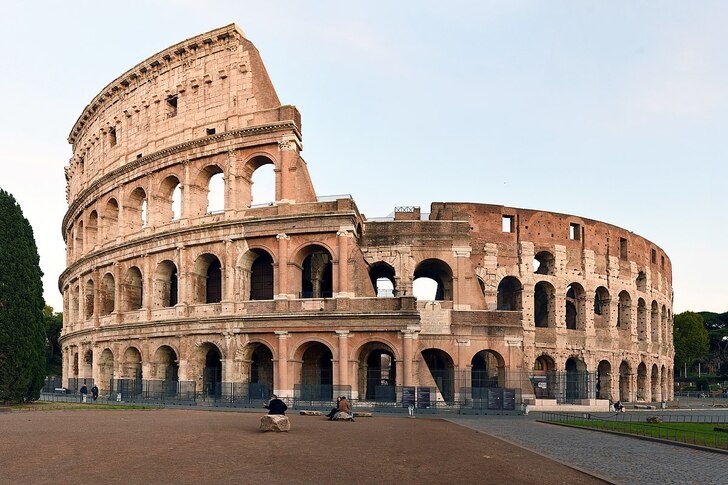
The Colosseum, otherwise called the Flavian Amphitheater, is a notable image of old Rome's building and designing ability. Situated in the core of Rome, Italy, it was authorized by Sovereign Vespasian of the Flavian line around Promotion 70-72 and finished in Promotion 80 by his child Titus. The Colosseum could hold somewhere in the range of 50,000 and 80,000 observers and was utilized for gladiatorial challenges, public displays, and dramatizations in light of Old style folklore. Its curved design, standing 157 feet tall, and its imaginative utilization of concrete and stone have enlivened planners for a really long time. Regardless of being harmed by tremors and stone-looters, the Colosseum stays a strong image of the Roman Realm's greatness. It is one of Rome's most famous vacation spots, drawing a great many guests who wonder about its glory and ponder the verifiable occasions that occurred inside its walls. The Colosseum is likewise an UNESCO World Legacy Site, saving its heritage for people in the future to appreciate and gain from.
Do you agree?
2
"The Parthenon"
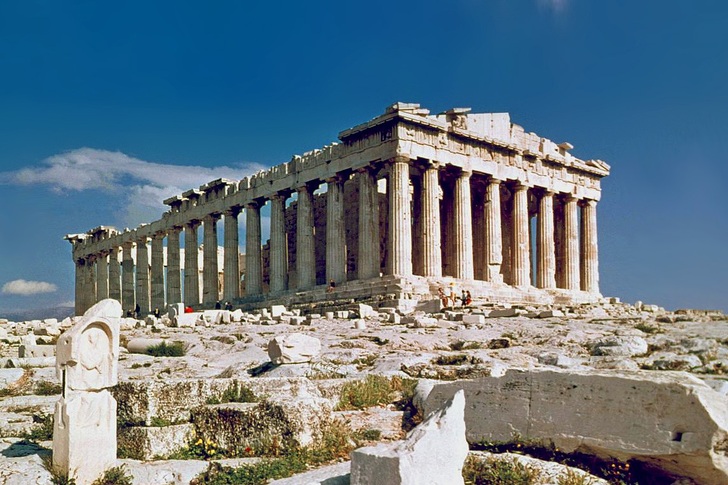
The Parthenon is one of the most persevering through images of Old Greece and Western human progress. Situated on the Acropolis of Athens, it was built somewhere in the range of 447 and 432 BC during the level of the Athenian Domain. The Parthenon was devoted to Athena, the goddess of insight and war, whom individuals of Athens thought about their supporter. Planned by modelers Iktinos and Kallikrates under the bearing of the stone worker Phidias, the sanctuary is a magnum opus of Doric design. It initially housed a monstrous sculpture of Athena made of gold and ivory. The Parthenon's building refinements, like the slight bend of its sections and steps, make an optical deception of amazing evenness and equilibrium. In spite of harm throughout the hundreds of years from war, plundering, and ecological variables, the Parthenon stays a strong image of old Greek accomplishment. It is an UNESCO World Legacy Site and keeps on drawing researchers and travelers from around the world who try to comprehend and value the social and verifiable meaning of Old Greece.
Do you agree?
3
"The Pyramids of Giza"
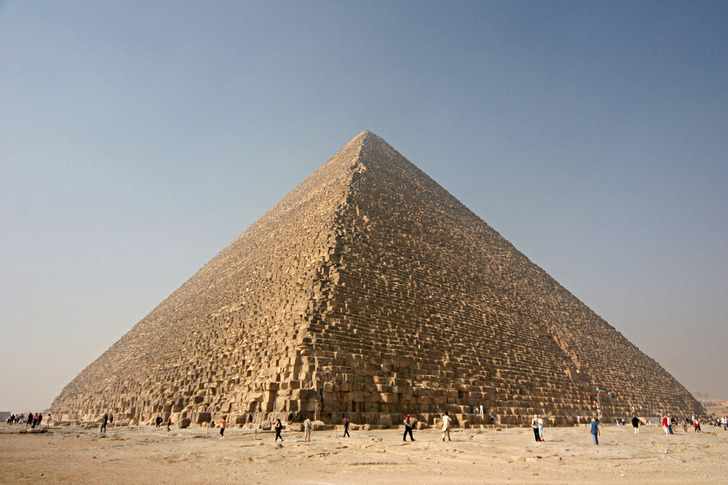
The Pyramids of Giza, situated on the Giza Level close to Cairo, Egypt, are among the most unmistakable and sensational designs on the planet. These antiquated pyramids were worked during the Fourth Administration of the Old Realm of Egypt, around 2580 - 2560 BC, as burial chambers for the pharaohs Khufu, Khafre, and Menkaure. The biggest of the three, the Incomparable Pyramid of Khufu, was initially 481 feet tall and stayed the tallest man-made structure on the planet for north of 3,800 years. The exact designing and arrangement of the pyramids with divine bodies show the high level information on the antiquated Egyptians. Each pyramid is important for a bigger complex that incorporates sanctuaries, highways, and more modest pyramids for sovereigns. The Pyramids of Giza are UNESCO World Legacy Locales and keep on being the subject of examination and investigation, offering bits of knowledge into old Egyptian development, its convictions, and its compositional resourcefulness. They draw in large number of sightseers every year, motivating miracle and esteem for the accomplishments of quite possibly of history's most prominent human progress.
Do you agree?
4
"The Taj Mahal"
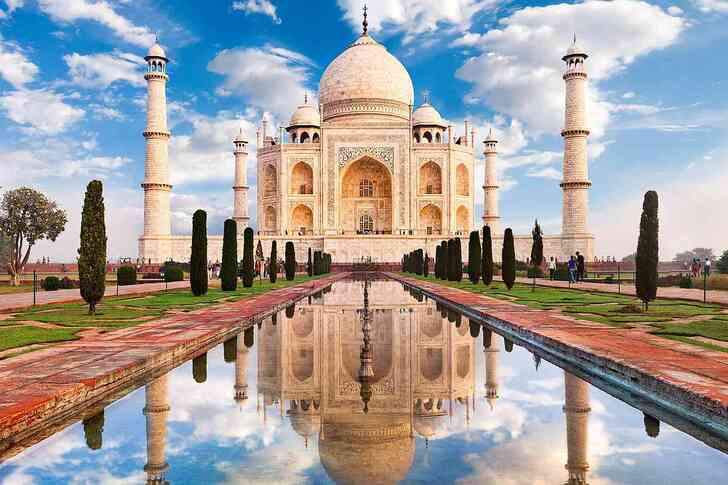
The Taj Mahal, situated in Agra, India, is quite possibly of the most lovely and famous structure on the planet. It was appointed by the Mughal sovereign Shah Jahan in 1632 to house the burial place of his cherished spouse Mumtaz Mahal. The Taj Mahal is a remarkable illustration of Mughal engineering, joining components from Islamic, Persian, Ottoman Turkish, and Indian building styles. Developed completely of white marble and enhanced with valuable and semi-valuable stones, the Taj Mahal is famous for its dazzling balance and complicated itemizing. The fundamental catacomb is flanked by four minarets and sits in a far reaching garden planned in the Persian charbagh style. The complex likewise incorporates a mosque and a visitor house. The changing shades of the marble in various lights add to the landmark's captivating magnificence. Perceived as an UNESCO World Legacy Site, the Taj Mahal draws in great many guests every year, drawn by its heartfelt history and building wonder. It remains as a demonstration of adoration and a show-stopper of craftsmanship, respected overall for its magnificence and social importance.
Do you agree?
5
"Hagia Sophia"
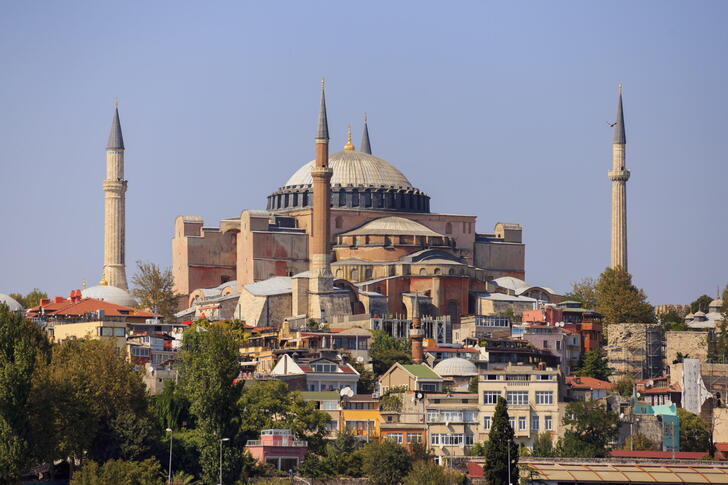
Hagia Sophia, situated in Istanbul, Turkey, is quite possibly of the main engineering wonder on the planet. Initially developed as a church by the Byzantine Head Justinian I in 537 Promotion, it filled in as the focal point of Eastern Conventional Christianity for almost 1,000 years. The structure is eminent for its huge vault, which was a designing wonder of now is the ideal time and stays one of the biggest on the planet. Hagia Sophia's plan affected the design of numerous ensuing Ottoman mosques, including the Blue Mosque. In 1453, after the Ottoman success of Constantinople, it was changed over into a mosque and large numbers of its Christian mosaics were covered with Islamic calligraphy. In 1935, it was changed into a historical center by the Turkish Republic, and in 2020 it was reconverted into a mosque. Notwithstanding these changes, Hagia Sophia stays an image of the conversion of societies and religions and is perceived as an UNESCO World Legacy Site. Its unpredictable mosaics, gigantic nave, and verifiable importance draw in great many guests every year, who come to wonder about its magnificence and history.
Do you agree?
6
"Notre-Lady Church"
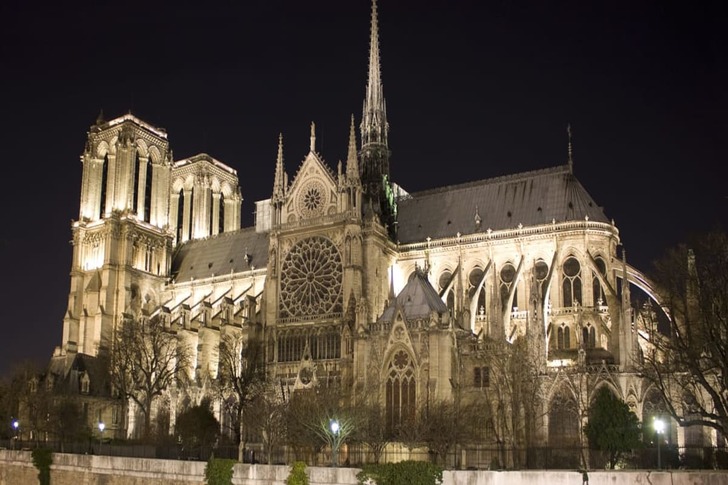
Notre-Woman Church, situated on the u00cele de la Citu00e9 in Paris, France, is quite possibly of the most renowned Gothic house of prayer on the planet. Development started in 1163 under the rule of Lord Louis VII and assumed control more than hundred years to finish. The church is prestigious for its building advancements, including flying braces, ribbed vaults, and shocking stained glass windows. The notorious twin pinnacles and the tower, which unfortunately fell during the 2019 fire, are conspicuous images of Paris. Notre-Woman has seen various authentic occasions, like the crowning celebration of Napoleon Bonaparte and the beatification of Joan of Circular segment. In spite of the fire that prompted broad harm, endeavors to reestablish the house of God are in progress, protecting its social and verifiable importance. Notre-Lady stays an UNESCO World Legacy Site and keeps on rousing wonder with its magnificence and creativity. It is a demonstration of the resourcefulness and dedication of the middle age specialists who constructed it and stands as an image of flexibility and legacy in the core of Paris.
Do you agree?
Share this article
 Find the Specialty of Calligraphy: Dominating the Exquisite Art of Penmanship
Find the Specialty of Calligraphy: Dominating the Exquisite Art of Penmanship Signature Scents: A Manual for Prominent Fragrances
Signature Scents: A Manual for Prominent Fragrances Current Chateaus: Advancement and Style
Current Chateaus: Advancement and Style Best Place for getting away: Ocean side, Mountain, or City
Best Place for getting away: Ocean side, Mountain, or City Vote in favor of your #1 Kind of Cap
Vote in favor of your #1 Kind of Cap Intriguing Strange Cruising Objections you Should Visit
Intriguing Strange Cruising Objections you Should Visit Evaluated Smartwatches for Wellness Devotees
Evaluated Smartwatches for Wellness Devotees Well known SUVs With Low Energy Utilization In 2024
Well known SUVs With Low Energy Utilization In 2024 Which Brilliant Home Gadget Can't You Reside Without?
Which Brilliant Home Gadget Can't You Reside Without?













